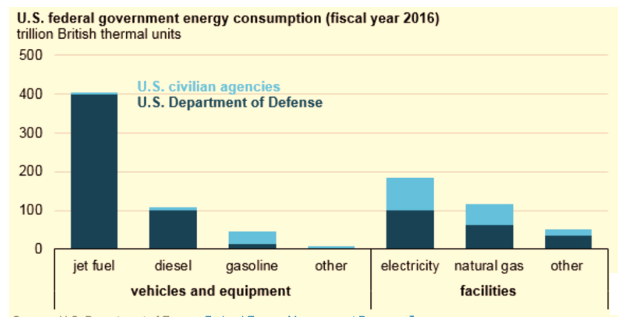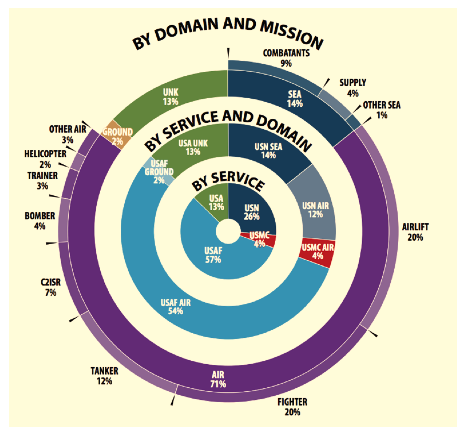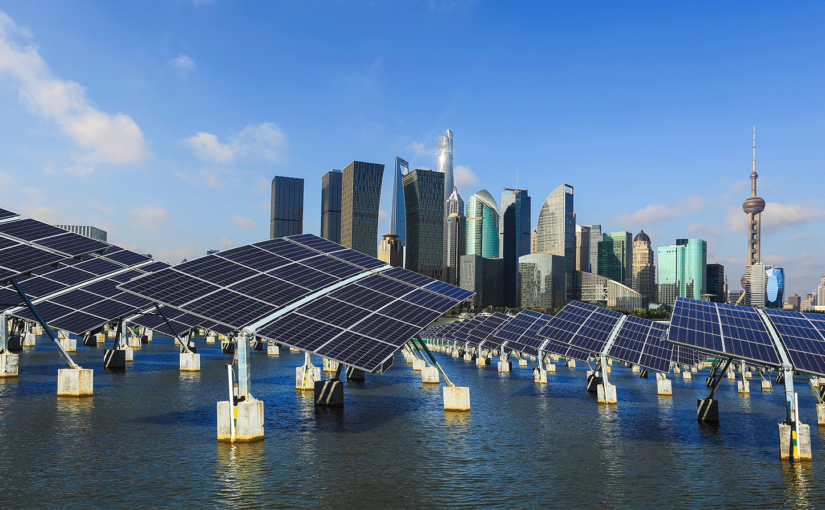On the eve of the COP26 Conference in Glasgow, we are very pleased to publish this timely article contributed by Dee Knight, member of the Anti-War Subcommittee of the Democratic Socialists of America (DSA) International Committee, showing how the two vital struggles, against climate catastrophe and imperialist war, are inextricably linked and relating this to US imperialism’s many decades of implacable hostility to the Chinese revolution in particular as well as to socialism and national liberation in Asia generally.
In the buildup to the World Climate Change summit, slated for Halloween and the first week of November in Glasgow, a NY Times report said “China must pivot away from coal immediately” to avoid climate disaster. The article says “attention is riveted on China and whether it will do more to cut emissions.” It quoted a British member of Parliament saying “China is responsible for almost a quarter of all global emissions right now.”
The Times article acknowledges that China leads the world in hydroelectric, solar and wind power. While admitting the United States has released more human-generated carbon dioxide over the past century than any other country, the article says “China is the biggest current emitter now by a wide margin,”. But on a per capita basis, China’s emissions are less than half the U.S. total. And China is converting to renewables much faster than the U.S.
An October 15 report said the plan to replace coal- and gas-fired power plants with renewable energy will be dropped from President Biden’s “Build Back Better” bill, thanks to Joe Manchin of West Virginia, and his energy lobby backers. “This will create a huge problem for the White House in Glasgow,” David Victor of UC San Diego’s Deep Decarbonization Initiative told the Times. Biden had hoped to point to the clean electricity program as evidence the U.S., which is historically the world’s largest emitter of planet-warming pollution, is serious about changing course, the report said.
Meanwhile hundreds of people were arrested in early October in Washington while protesting a record number of new oil and gas leases on U.S. public lands. According to Oil Change International, 21 major fossil fuel infrastructure projects under review in Washington “would be the emissions equivalent of adding 316 new coal fired power plants ‒ more than are currently operating in the United States.” That would equal 17% of total 2019 US greenhouse gas emissions.
The gargantuan role of the U.S. military in global emissions is not included in these reports. But a June 2019 report on “The Costs of War” by Brown University’s Watson Institute of International and Public Affairs shows the military is by far the largest part of U.S. federal government energy consumption ‒ nearly 90 percent of the total.


A study by Lancaster University’s Environment Centre found “the U.S. military is a bigger polluter than as many as 140 countries.” The “Costs of War” report says “with an armed force of more than two million people, 11 nuclear aircraft carriers, and [thousands of] the most advanced military aircraft,” the Department of Defense “is the world’s single largest institutional consumer of petroleum.” About 30 percent of this goes to maintaining 800 U.S. military bases around the world, many of them bristling with nuclear warheads. The other 70 percent is “operational” – bombers, fighter jets, air tankers, aircraft carriers, airlift operations, and so on.
The picture suggests a simple a solution: ground the bombers and save the planet. Pulling back the nuclear aircraft carriers cruising in the South China and East China seas would improve the planet’s safety in myriad ways. But the most significant one is reducing the danger of a war that could wipe out the planet even faster than climate disaster. The two dangers reinforce each other.
Reducing the Pentagon budget even modestly could also help clean up the planet. The Congressional Budget Office released “Illustrative Options for National Defense Under a Smaller Defense Budget.” The October 1, 2021 report found three modest, super-cautious ways to cut $1 trillion, or 14 percent off the Pentagon budget between 2022 and 2031. That amount could finance a substantial portion of Biden’s “Build Back Better” and Infrastructure bills. Bernie Sanders and Barbara Lee proposed even more modest cuts to the Pentagon budget in September. The proposal was crushed by a near unanimous majority against it.
Is Taiwan Next?
Immediately following U.S. withdrawal from Afghanistan, tensions began boiling over in the Taiwan straits. An October 9 NY Times report said “Taiwan is now at the heart of the deepening discord between China and the United States,” with massive buildups on both sides. The Biden administration approved a $750 million arms sale to Taiwan in August – just the latest batch of billions worth of armaments of all kinds, including fighter jets, tanks, missiles and training. China has responded with its own force buildup. “To us, it’s only a matter of time, not a matter of if,” said Rear Admiral Michael Studeman, director of intelligence with the U.S. Indo-Pacific Command, according to the Times report.
“Congress must untie Biden’s hands on Taiwan,” wrote Rep. Elaine Luria in an op-ed published in the Washington Post October 11. She called for an act that would allow President Biden to bypass Congress to declare war on China. The Pentagon’s Stars and Stripes daily newspaper ran a story headlined “Retired Marine colonel says U.S. should weigh nuclear war with China over Taiwan.”
On October 3, a U.S. carrier group was joined by war ships from the UK and Japan for joint operations. On October 8, China’s Foreign Ministry “vowed to take all necessary measures” to safeguard China’s sovereignty and integrity, and “urged the U.S. to fully recognize the high sensitivity of the Taiwan question.” It also called for an explanation after a U.S. nuclear submarine accident in the South China Sea. It demanded details, including the intention of the sub’s navigation. The Foreign Ministry spokesperson called the lack of information irresponsible, and expressed concerns about a nuclear leak.
This followed China’s protest of the USAUK nuclear submarine deal: “The nuclear submarine cooperation between the US, the UK and Australia has seriously undermined regional peace and stability, intensified the arms race and undermined international non-proliferation efforts,” the statement said. It also accused the US and UK of holding double standards with their stances on nuclear weapons.
In August a NY Times Magazine special feature by Sarah Topol appeared, titled “Is Taiwan Next?” It said “Hong Kong today, Taiwan tomorrow” is a rallying cry in Taiwan. “First Tibet, then Xinjiang, then Hong Kong. The edges of empire had been dutifully absorbed. Taiwan was the only one remaining.” The choice of words is important. It suggests these places are not really part of China. Hong Kong, of course, was stripped away from China and colonized by Britain as spoils of the Opium War of 1839, which was the start of China’s century of humiliation. Hong Kong’s reincorporation under the “One Country Two Systems” deal in 1996 signaled the end of that colonial humiliation. So official calls by British and U.S. leaders for “self-determination for Hong Kong” ring ironically hollow.
The U.S. CIA conducted a “Tibetan program” in the 1950s and ‘60s that was part of a concerted U.S. push to partition and shrink China – similar to U.S. efforts today in Xinjiang. (See more information on Xinjiang here.) But Tibet has been part of China for centuries, in spite of 19th century British imperial efforts to link it with “British India.” The CIA’s Tibet program was shut down in 1972 after then-President Nixon became the first U.S. president to visit China.
The U.S. signed the “one China” agreement in January 1979, saying “The United States acknowledges that all Chinese on either side of the Taiwan Strait maintain there is but one China and that Taiwan is a part of China. The United States Government does not challenge that position. It reaffirms its interest in a peaceful settlement of the Taiwan question by the Chinese themselves.”
When Chiang Kai Shek led the defeated Kuomintang forces to Taiwan in 1949, he established his “Republic of China” government there, insisting with U.S. support that it was the government of all of China. According to the legendary I.F. Stone’s “Hidden History of the Korean War” (published by Monthly Review Press in 1952, now out of print), President Truman stated in January 1950 that the U.S. would not “give military aid or advice” to Chiang, and would not “pursue a course which would lead to involvement in the civil conflicts in China.” This non-intervention policy was reversed by the outbreak of war in Korea, Stone wrote. Intense machinations between January and June 1950 by the maverick General Douglas MacArthur, U.S. supreme commander in Japan, with collaboration from John Foster Dulles, led to an alliance of Chiang’s and U.S. forces. Stone cites MacArthur’s August 6, 1950 declaration that “The United States ought to take a vigorous position against Communism everywhere in Asia, and Korea ought not to be an isolated case.” Eleven days later, on August 17, 1950, MacArthur ordered a bombing raid on Rashin, a North Korean seaport bordering both China and the USSR, a short distance from the Soviet far-east port of Vladivostok.
General MacArthur fought a political battle in 1950 with President Truman over war with China. MacArthur argued that by “holding Formosa” (the colonial name for Taiwan), the U.S. could “dominate with air power every Asiatic port from Vladivostok to Singapore,” Stone wrote. President Truman ultimately fired the insubordinate MacArthur, but it was too late. The maverick general’s anti-communist war campaign galvanized enough right-wingers to plunge the U.S. into its first major battle to “contain Communism in Asia.” Chinese Red Army volunteers helped push the U.S. forces back to the 38th parallel, dividing Korea in two. Meanwhile Dulles became Eisenhower’s Secretary of State after the Republicans defeated Truman in 1952, and conducted a decades-long campaign to realize MacArthur’s vision.
It’s an irony of history that Eisenhower’s vice president, Richard Nixon, when he became President, reversed the U.S. war against China in 1972. But it is no accident that the long-term imperial U.S. goals of ending communism in Asia and restoring U.S. domination there would resurge. The question remains, as vice admiral Robert Thomas, former commander of the U.S. Seventh Fleet said: “How far are you willing to go to defend Taiwan? I don’t know if the United States is willing to see U.S. young people coming back in body bags for the defense of Taiwan.”
The war danger is all too real. An October 8 editorial in China’s Global Times says: “We must resolutely define the deployment of U.S. troops in Taiwan as an ‘invasion’. The mainland has the right to carry out military strikes against them at any time. We will not make any promises over their safety… We must make Washington understand that it is playing a dangerous game that is destined to draw fire onto itself and it is risking the lives of young U.S. soldiers.” Pentagon Papers author Daniel Ellsberg revealed last May that U.S. officials considered using nuclear weapons against China during a Taiwan crisis in 1958. “As the possibility of another nuclear crisis over Taiwan is being bandied about this very year, it seems very timely to me to encourage the public, Congress and the executive branch to pay attention.”
“What would happen to the world,” asks Judge Julie Tang of Pivot to Peace, “if the United States and China were to go to war? The price of war would be calamitous. We need to aim for peace, not war.” The anti-war group CodePink and Pivot for Peace are waging an all-out campaign saying “China is Not Our Enemy.”
Dee Knight is a member of the DSA International Committee’s Anti-War Subcommittee. He is the author of My Whirlwind Lives: Navigating Decades of Storms, available soon from Guernica World Editions.

